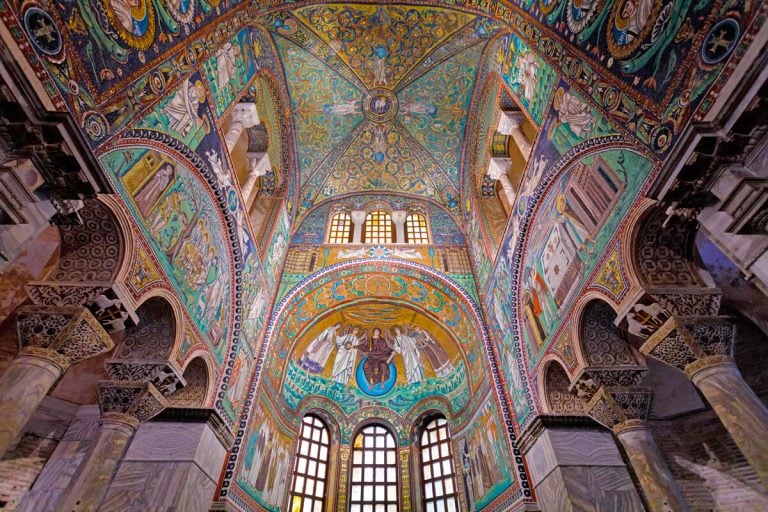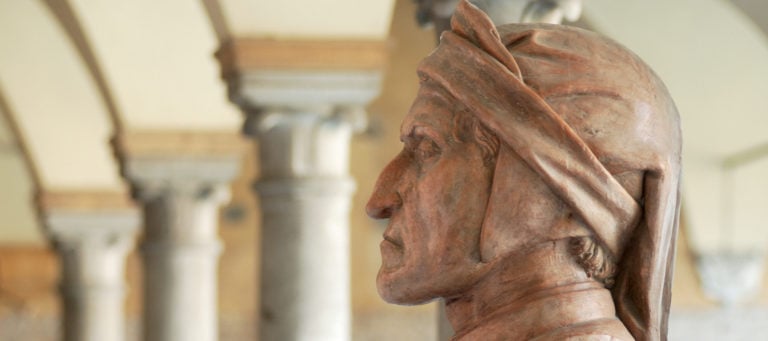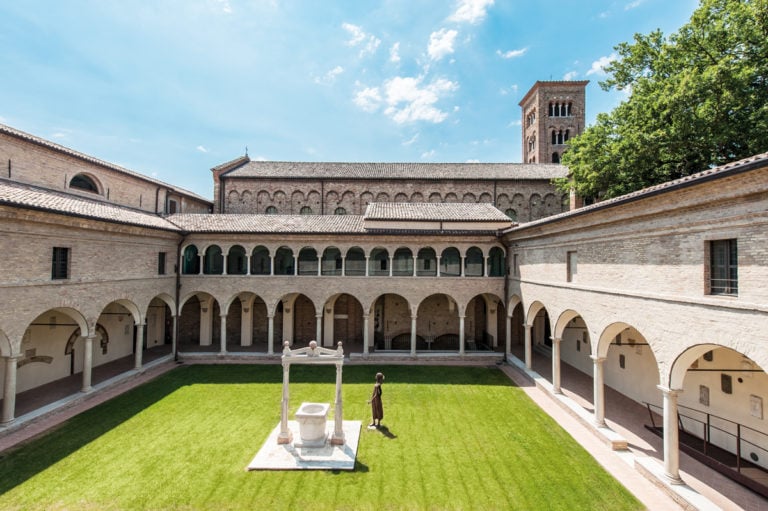
Time
48 h
A city steeped in imperial history, Ravenna has long been a crossroads of civilizations and a guardian of artistic masterpieces. Renowned for its Byzantine mosaics, ancient churches, and monumental heritage, it enchants with its understated elegance, offering an atmosphere suspended between past and present.
Once the capital – of the Western Roman Empire, the Ostrogothic Kingdom, and the Byzantine Exarchate – Ravenna reveals a wealth of stories hidden beneath the façades of its historic buildings. As you stroll through the city center, you step into a living tapestry of stone and mosaics, where the hum of bicycles, the chime of bells, and the murmur of voices weave a timeless melody.
To help you immerse yourself in the city, we have crafted a 10-stop itinerary designed to be savored at a leisurely pace—one that allows you to fully appreciate Ravenna’s art and harmony.
Yet, remember: Ravenna is far more than this suggested route. Its extraordinary artistic heritage, home to no fewer than eight UNESCO sites, is merely the gateway to a deeper, more evocative journey. So take your time—wander its streets, linger in its squares, and let every hidden corner surprise and inspire you.
Useful Information:
ℹ️ Ravenna’s historic center is largely a restricted traffic zone. To help you get around and find parking, you can find all the essential information here!
Basilica of San Vitale and Mausoleum of Galla Placidia

A walking journey through the artistic heart of Ravenna begins at the Basilica of San Vitale, a true masterpiece of Byzantine art and a UNESCO World Heritage site. Its golden mosaics, astonishingly vivid, bring biblical scenes to life with a timeless allure.
Inside, an explosion of color and unique architectural details captivates visitors, with the renowned procession of Justinian and Theodora standing out— their enigmatic expressions and the lavish garments of the imperial court evoking the grandeur of a bygone era.
Just a short walk away, the Mausoleum of Galla Placidia welcomes visitors into an intimate, almost mystical atmosphere. Beneath its starry vault, mosaics weave tales of faith and eternity, while soft light filters through alabaster windows, enveloping the space in a magical aura.
National Museum of Ravenna
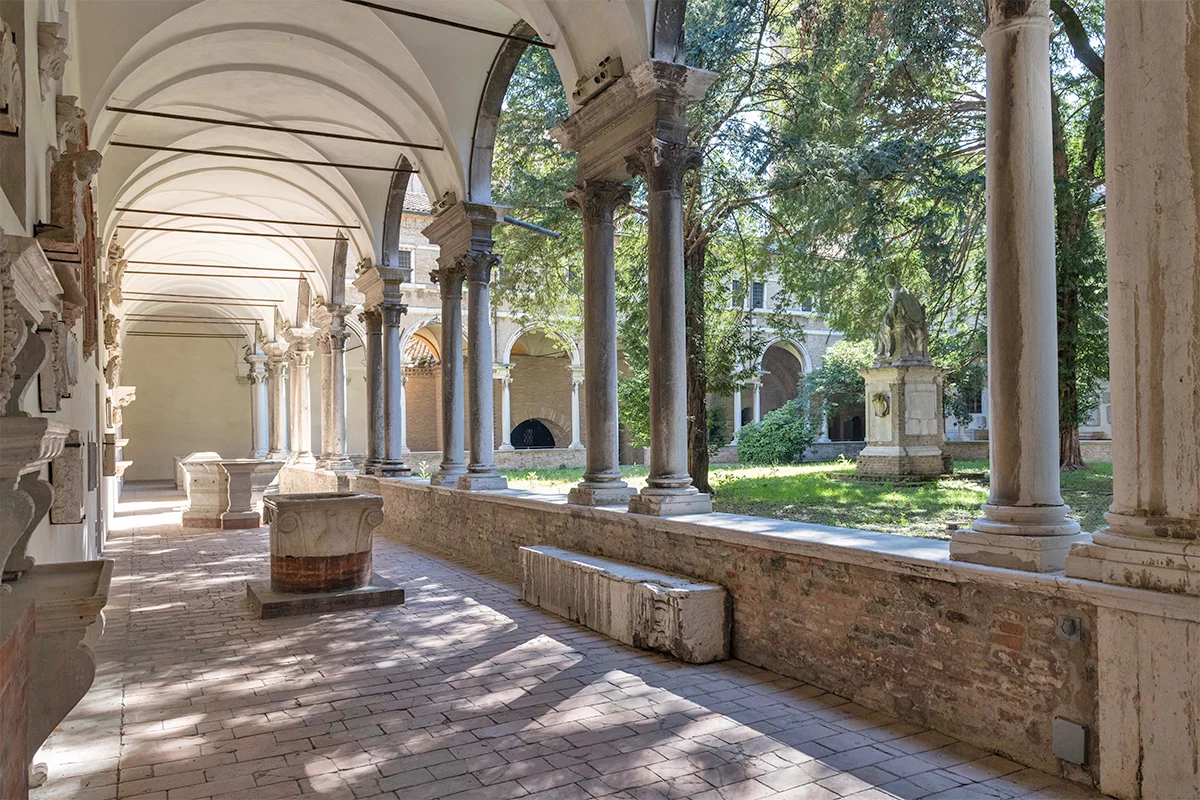
The National Museum of Ravenna is an unmissable destination for those eager to dive into the city’s rich history and artistic heritage. Housed in the former monastery of San Vitale, the museum boasts an exceptional collection of Roman, Early Christian, and Byzantine artifacts.
Strolling through its evocative cloisters, visitors are surrounded by intricately carved ivories, sculpted sarcophagi, and frescoes from Ravenna’s ancient churches. Each room unveils a chapter of the city’s cultural evolution, offering a tangible connection to its illustrious past.
Domus dei Tappeti di Pietra

Just a few steps from the magnificent San Vitale complex, hidden beneath the heart of Ravenna, lies the Domus dei Tappeti di Pietra (Domus of the Stone Carpets). Accessed through the small Church of Sant’Eufemia on Via Barbiani, this archaeological treasure adds an air of mystery to your visit.
This extraordinary site preserves the remains of an ancient Late Antique and Byzantine residence, adorned with stunning floor mosaics dating back to the 5th and 6th centuries. Among the most captivating works are The Good Shepherd and The Dance of the Seasons.
The underground pathway offers an immersive experience, allowing visitors to admire the intricate details up close and appreciate the significance of mosaics in Ravenna’s artistic heritage.
Byron Museum
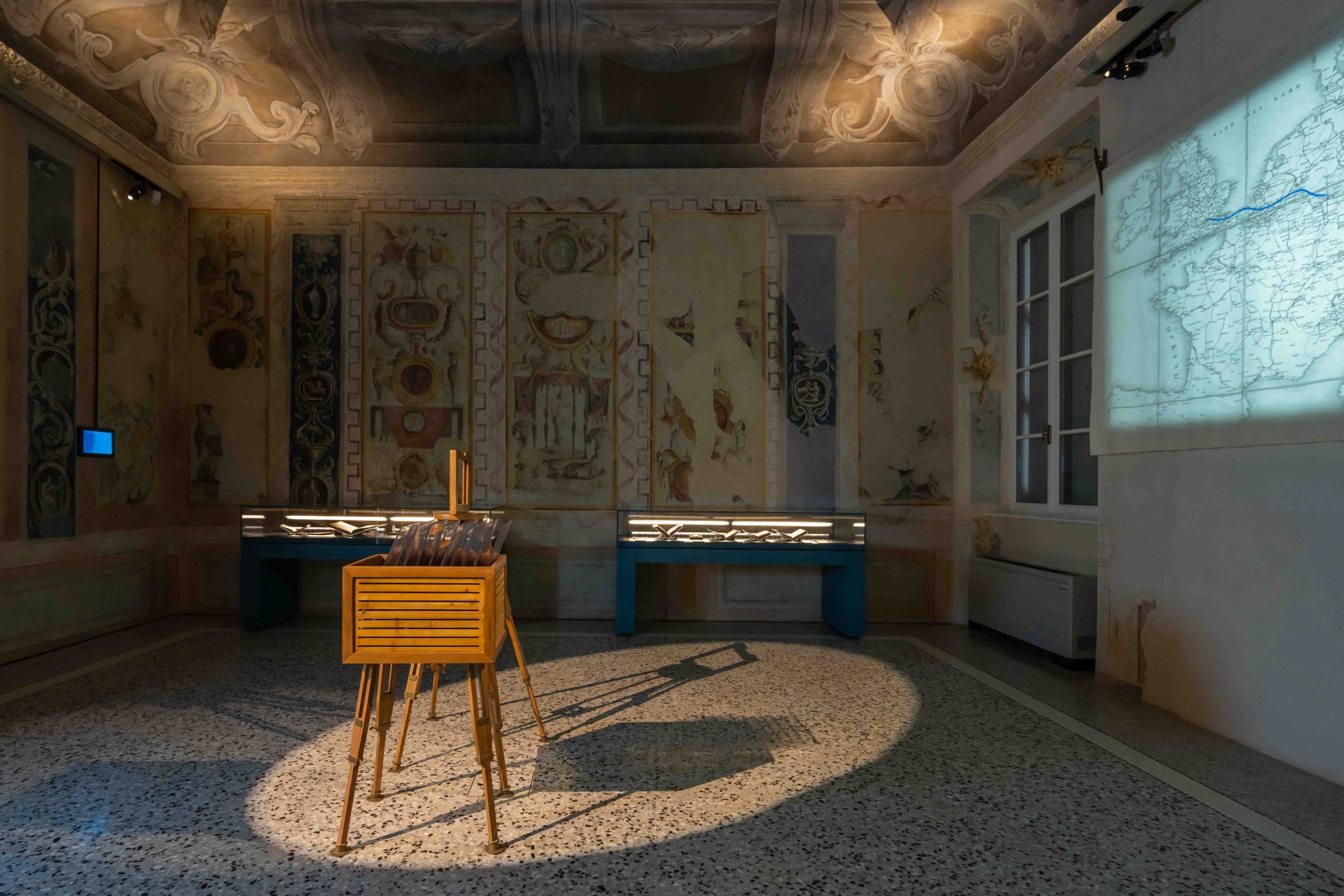
A short stroll along Via Cavour leads to the elegant entrance of Palazzo Guiccioli, home to the Byron Museum, dedicated to the renowned English Romantic poet who spent several years in Ravenna.
Here, visitors can admire letters, manuscripts, and personal artifacts linked to his life, as well as evidence of his deep connection to the city and his great Italian love, Countess Teresa Gamba Guiccioli. The palace’s flower-adorned loggia is simply enchanting!
In addition to the Byron Museum, the building also houses the Risorgimento Museum, offering a fascinating journey into 19th-century Ravenna—a time when the city became a refuge for intellectuals and revolutionaries. Not to be missed is the evocative Doll Museum, featuring a captivating collection of antique toys.
Piazza del Popolo

The beating heart of Ravenna is undoubtedly Piazza del Popolo, the city’s true gathering place. Surrounded by elegant Venetian-era buildings, such as the Palazzo Comunale and the Prefecture, it is the perfect spot to soak in the local atmosphere while enjoying a coffee at one of its historic cafés. Once the center of administrative power, today the square is a lively meeting place, buzzing with events and cultural happenings.
Towering over the square, two columns crowned with statues of San Vitale and Sant’Apollinare stand as a testament to Venice’s influence on Ravenna, setting it apart from other cities in Emilia-Romagna.
A particularly fascinating detail is the portico of the Palazzo Comunale, supported by eight granite columns. Some of them feature intricately carved marble capitals from the 6th century AD, originally part of the Church of Sant’Andrea dei Goti, which was demolished in 1457 to make way for the construction of the Rocca Brancaleone.
Zona del Silenzio
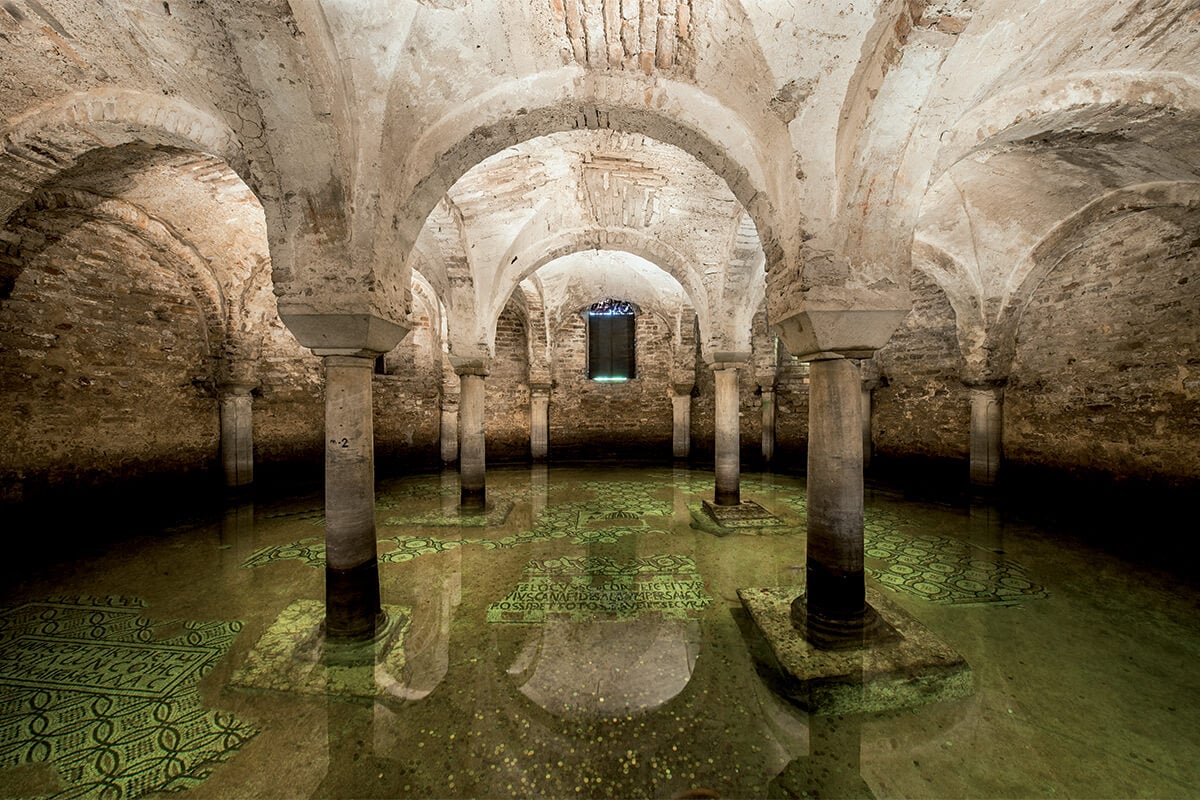
Continuing our journey, we arrive at the Zona del Silenzio (the Zone of Silence), a haven of peace and spirituality where Dante Alighieri, the father of Italian literature, rests.
His neoclassical tomb is surrounded by landmarks rich in history, including the Quadrarco di Braccioforte, the Franciscan Cloisters, the Museo Dante, and Casa Dante, all dedicated to preserving the memory of the Supreme Poet. Every year, the city honors him with celebrations and public readings, keeping his cultural legacy alive.
An indispensable reference point for this entire zone is the evocative Basilica of San Francesco, a favorite of the Polentani family, lords of Ravenna and Dante’s hosts during his final years. Its Romanesque architecture and submerged crypt, visible through a small window beneath the altar, create an atmosphere unlike any other: the mosaic floor, covered by a thin layer of water and inhabited by goldfish, offers a truly unforgettable sight.
Classense Library

Move a little further and you reach the Classense Library. Among frescoes, manuscripts and a vast book collection that is one of the most important in Italy, t offers a journey through time among illuminated manuscripts and rare works.
Founded in 1512 within an ancient Camaldolese monastery, the library is now a vital hub for scholars and art and culture enthusiasts alike. One of its most captivating spaces is the Aula Magna, created between the 17th and 18th centuries by Abbot Pietro Canneti, featuring intricately carved wooden bookshelves, statues, and frescoes.
Not to be missed are its monumental cloisters, the ancient sacristy of the Church of San Romualdo (now the Sala Muratori), and the grand 16th-century refectory, today known as the Sala Dantesca.
MAR - Ravenna Art Museum
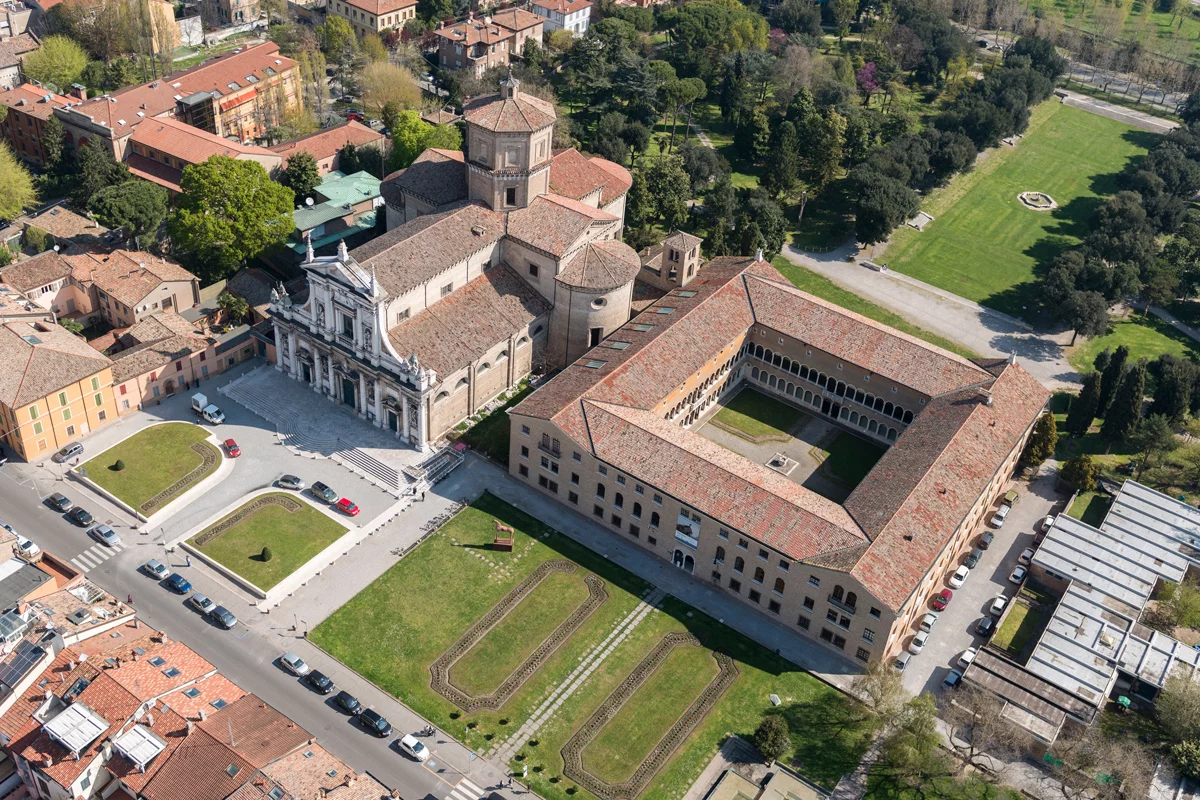
Just a stone’s throw from the Basilica of Sant’Apollinare Nuovo, the MAR – Ravenna Art Museum serves as a bridge between the city’s glorious artistic past and the contemporary world.
The museum boasts a rich collection spanning from medieval art to the 20th century, with a special focus on the mosaic tradition. Its rotating temporary exhibitions further enrich the experience, making MAR a must-visit destination for art lovers.
Be sure not to miss the section dedicated to modern mosaics, which showcases how this ancient technique continues to inspire artists worldwide.
Enhancing the charm of the visit is the museum’s stunning setting: behind it stretch the majestic public gardens of Ravenna, while in front, the dazzling white marble façade of the Basilica of Santa Maria in Porto shines in the sunlight.
Darsena Area
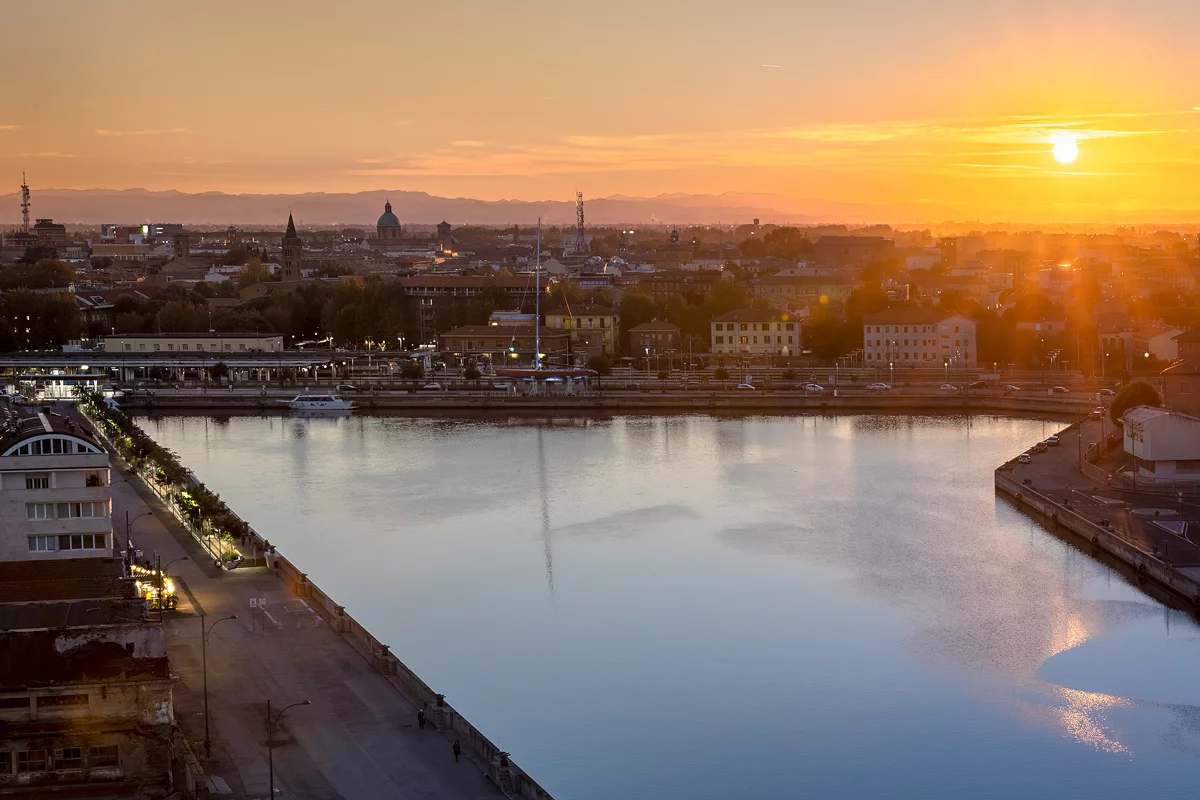
Ravenna is a city with two souls: industrial and modern, yet deeply rooted in its history. Once the beating heart of trade, today the Darsena area has transformed into a vibrant creative and cultural hub, perfect for exploring on foot or by bike.
This ever-evolving district has regained new life thanks to alternative venues, colorful murals, and artistic spaces. Strolling along the Candiano Canal, especially at sunset, offers a unique perspective of the city, where the past and present intertwine through old warehouses, regenerated architecture, and innovative ideas.
Mausoleum of Theoderic
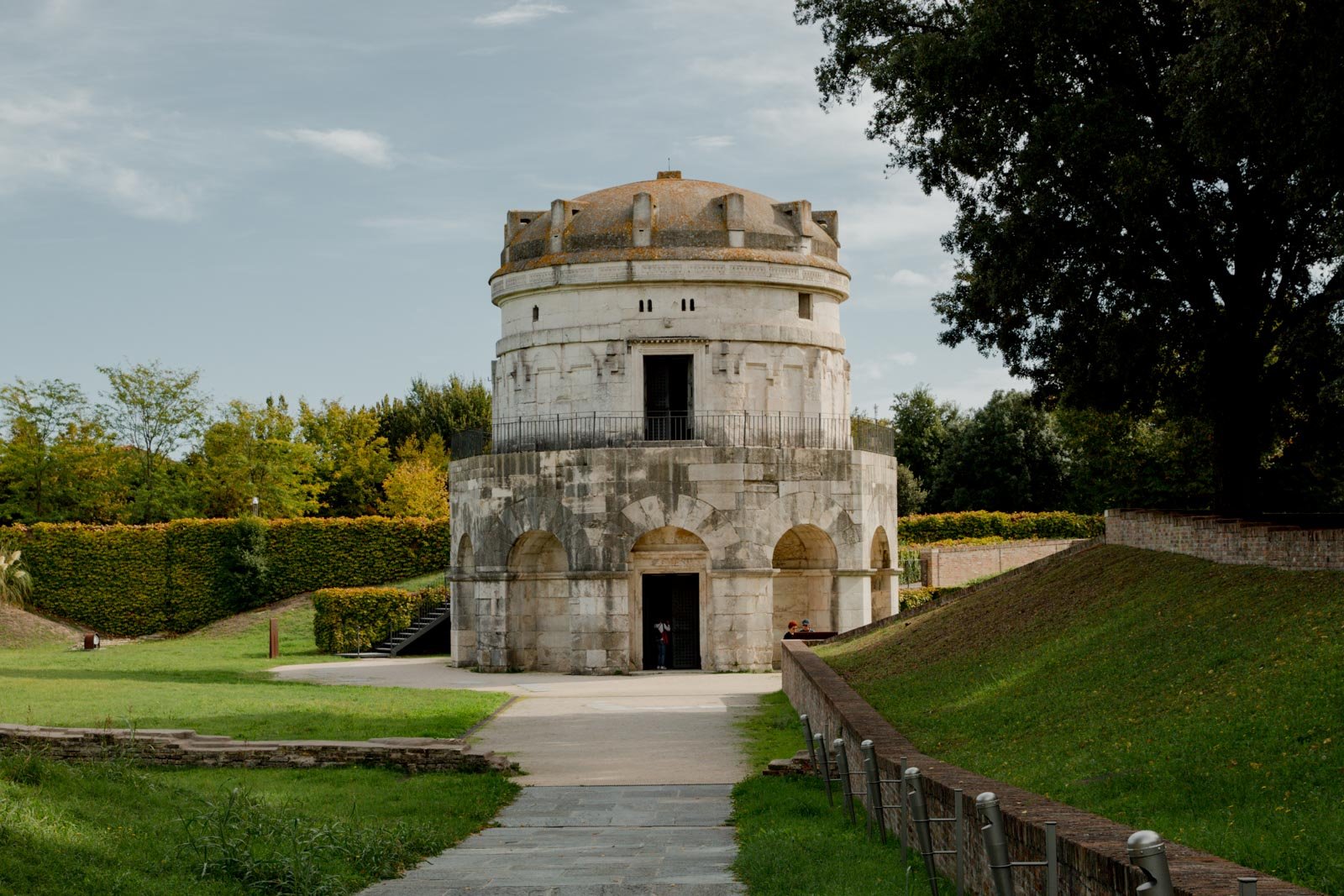
The final stop on this city tour, the Mausoleum of Theoderic is an imposing architectural masterpiece made of Istrian stone, unique in its kind.
Built in the 6th century at the will of the Ostrogothic king, it is distinguished by its extraordinary monolithic dome: a single block weighing over 300 tons that towers above the elegant two-level structure.
Solemn and austere, the mausoleum embodies the Germanic legacy and Theoderic’s desire for eternity. The interior, minimal yet full of charm, houses an empty red porphyry sarcophagus that once held the remains of the sovereign. Here, amidst shadow and light, the grandeur of Theoderic dissolves into eternity.
Author
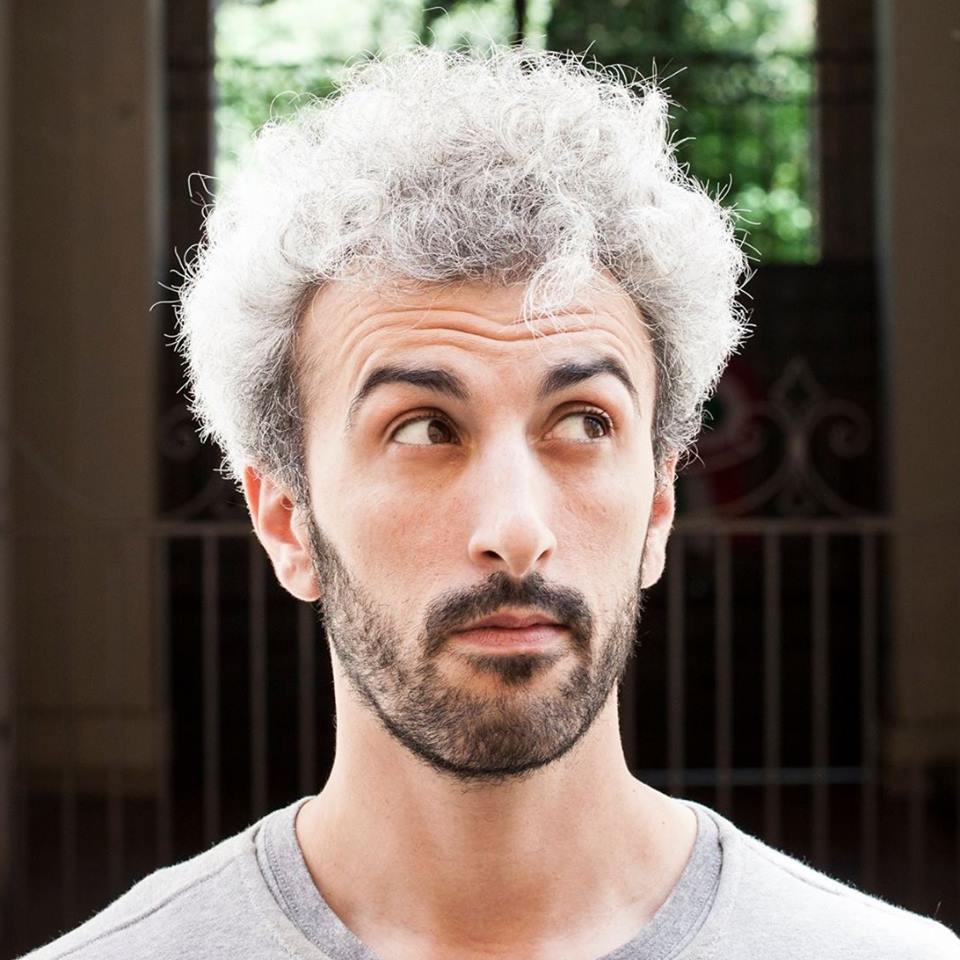
Davide Marino
Davide Marino was born archaeologist but ended up doing other things. Rational – but not methodic, slow – but passionate. A young enthusiast with grey hair
You may also like
Discover Ravenna (Emilia-Romagna, Italy): Best Things to Do in the city
by Davide Marino /// November 16, 2017
The Divine Commedy in the Unesco Mosaics of Ravenna
by Davide Marino /// December 3, 2020
Dante’s Ravenna: the most famous places of the city in 11 stages
by Davide Marino /// September 7, 2018

Interested in our newsletter?
Every first of the month, an email (in Italian) with selected contents and upcoming events.
Street Art in Ravenna: a walk across the murals of the city
by Davide Marino /// November 27, 2020
